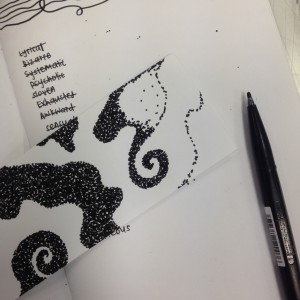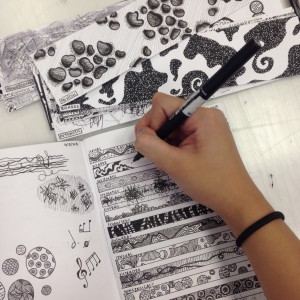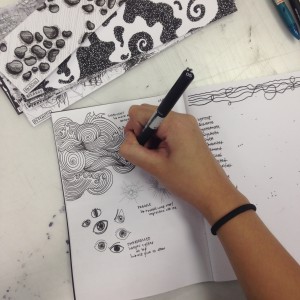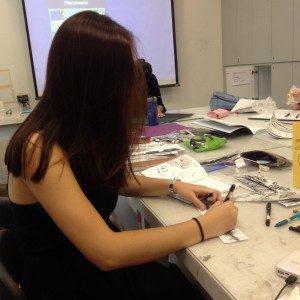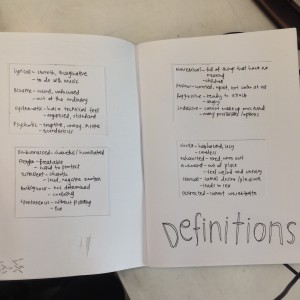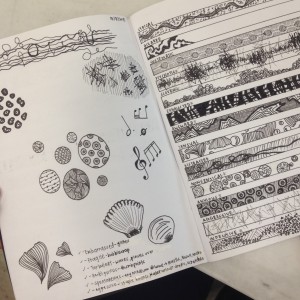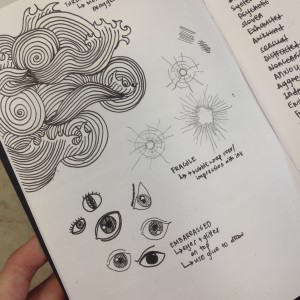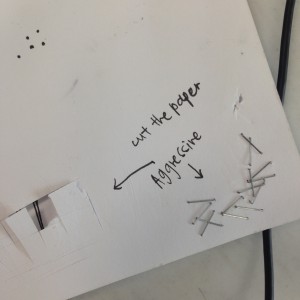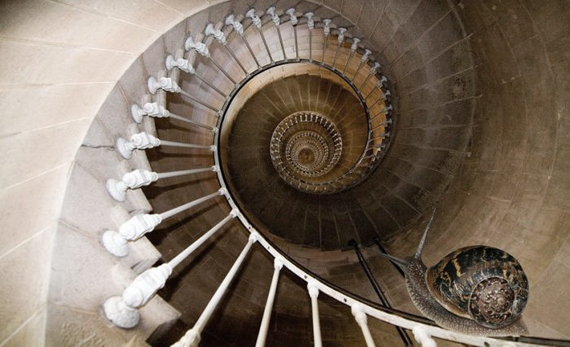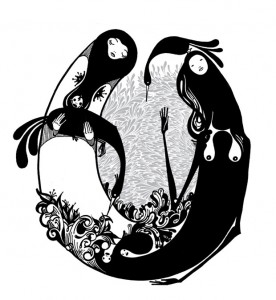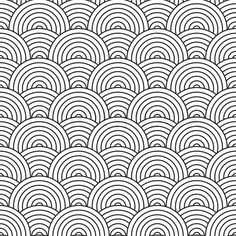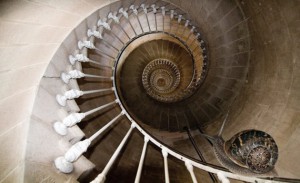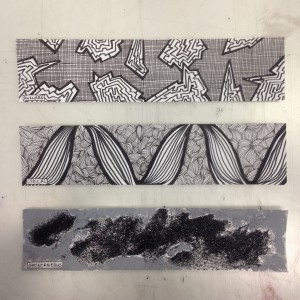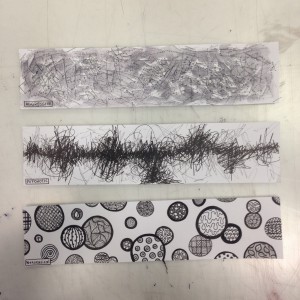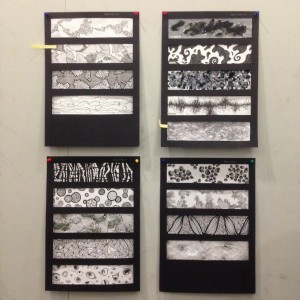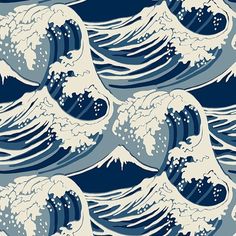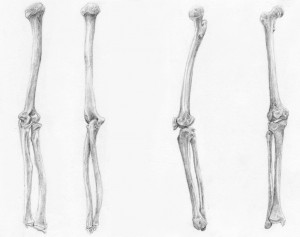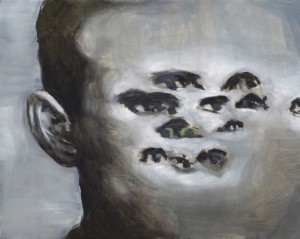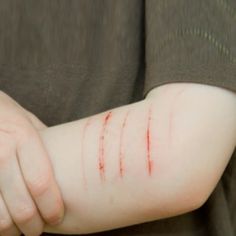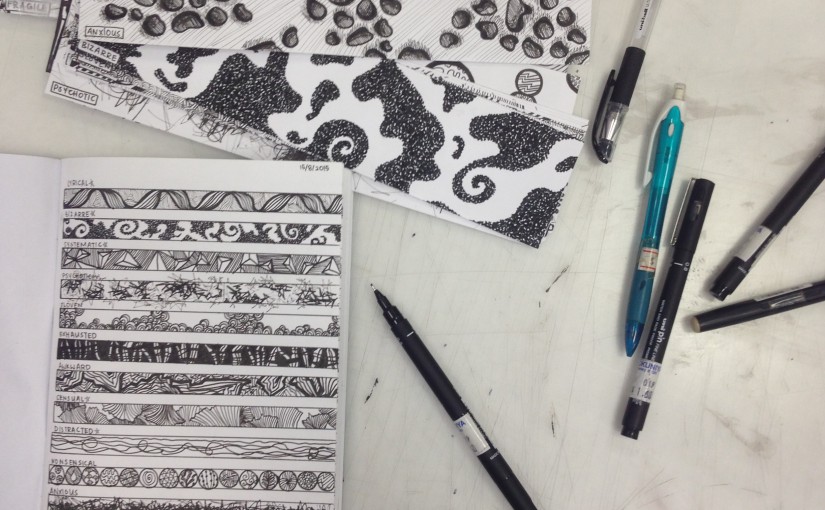Process:
Wanting to incorporate what my perspective was of each emotion onto the strips of paper, I began by googling the meaning of all 18 words.
After understanding the emotions a little more, I started experimenting with all sorts of lines – thick, thin, curly, straight, squiggly, jagged, etc. I practiced drawing these lines first, and then started making patterns or shapes out of them, in order to convey the emotion onto paper.
I always thought that patterns were just for design purposes, but after delving into this project, I realised that various patterns can incur different emotions. Thick lines can mean security or safety, large circles combined with small circles can portray vast comparison between two elements, and triangles can appear rather technical.
Then I also discovered that shading was another way of making emotions more defined. Darker strips could present more negative emotions as compared to lighter coloured ones.
As I am more accustomed to using pens for drawing, I used that as my main medium. However, I also wanted to make use of other mediums, as that would add creative value to my pieces. After using different mediums (e.g. glitter, nail polish, plastic, scotch tape, stapler bullets, and paint), I found that it gave much more room to experiment and let our inventiveness and imagination grow.
Definitions of the 18 emotions:
- Bizarre – Weird, strange, unfocused. Out of the ordinary
- Anxious – Worried and upset. Can be triggered off at the slightest gesture. Not calm at all.
- Spontaneous – Fun. Without any planning. Stands out and very bold.
- Lyrical – Smooth and imaginative, has to do with music.
- Awkward – Out of place, feeling of not fitting in with the others around. Unpleasant and self inflicted.
- Sensual – Relates to carnal desire and pleasure. Thin line between lust and love. Relates to places or things that leads to sex.
- Distracted – Unable to concentrate. Breaks free of what was initially supposed to be done.
- Indecisive – Consists of many ideas/opportunities/options. Cannot make up your mind due to this reason.
- Fragile – Breakable and difficult to protect or keep safe.
- Embarrassed – Shameful, feeling of being humiliated and wanting to hide.
- Psychotic – Eruptive, crazy, insane. Murderous, serial killer like.
- Aggressive – Ready to attack and pounce. Very angry and bitter, wants to release unhappiness through violence.
- Ambiguous – Not set in stone, difficult to deduce. Confusing.
- Nonsensical – Full of things that have no meaning. Related back to young children.
- Turbulent – Chaotic. Classified as a loud, more negative emotion.
- Exhausted – Tired, worn out. Have no strength to carry on.
- Systematic – Has a technical feel towards it. Very organised and standardised.
- Sloven – Haphazard. Lazy and careless. Without giving things much thought as to how and why it’s done.
Process photos:
